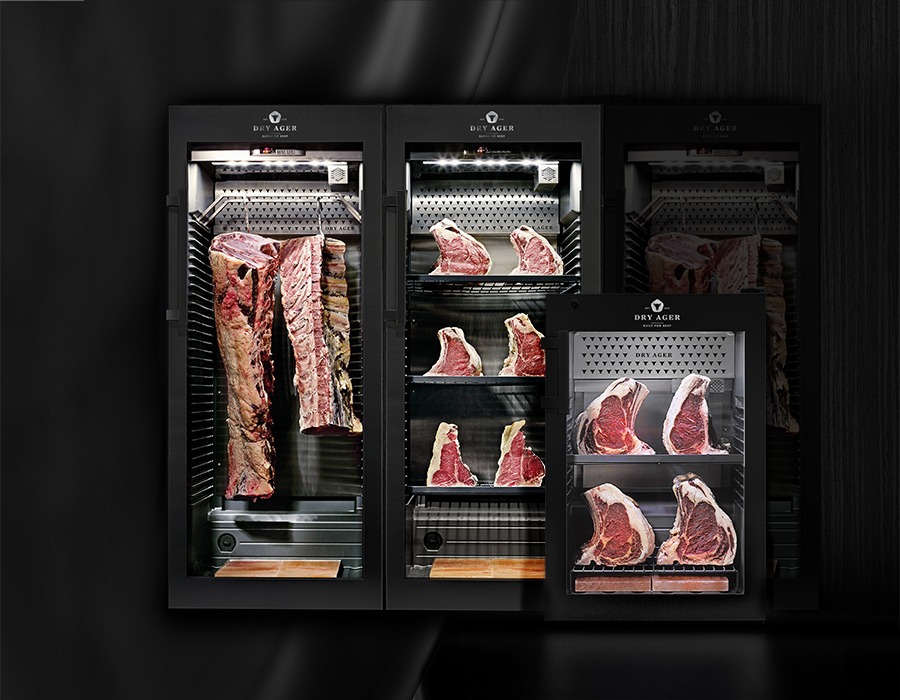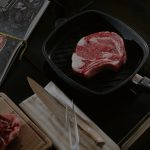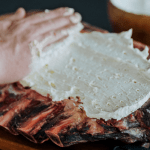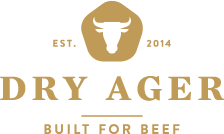What does Dry Aged mean?

Dry Aged Beef is in great demand. The trend is not only in demand among steak connoisseurs. Even in the supermarket the noble meat is offered. But what does “Dry Aged” actually mean?
Why is it called dry aging?
As long as the meat hangs in the air during dry aging, escaping liquid can evaporate. The meat matures dry. With wet aging, the meat is matured in a vacuum bag ready for consumption.
The liquid cannot escape, the meat matures in its own juice. Both techniques have their advantages and disadvantages. However, the aroma is scored (almost always) by the Dry Aged Beef.
Briefly explained
Beef is particularly most suitable for Dry Aging. It has the longest aging time and is more resistant to germs than poultry.
The meat is left on the bone in a cool climate during dry aging and is thus made ready for consumption. A dry layer is formed, which protects the meat and promotes the aromas at the same time.
Beef is hung from 2 up to 8 weeks to age.
Advantages of Dry Aged Beef
Dry aging not only produces unmistakable aromas of nut and butter, it also improves the consistency. During aging the meat becomes mellow, what means that makes the fibres become softer and the steak tender.
In addition, the colour myoglobin is formed, which turns the meat into an attractive dark red. Up to 30% of the weight is lost due to the release of moisture evaporation and the outer crust is cut off. This makes the Dry Aged meat among to other things so expensive.
Dry Aged Beef needs a good climate
Professional craftsmanship and technology are needed to ensure the maturing process works. Even the smallest temperature fluctuations can spoil the dry aged meat.
Then undesirable mould cultures form, which make the meat inedible to dangerous. That is why a room is needed, whose climate can be exactly controlled.
Meat maturing in the cabinet
The DRY AGER® models DX 1000 and DX 500 have been specially designed for smaller kitchens and business and are easily to put into operation.

You may be interested in:

Dry Ager goodness, delivered fortnightly.
Join the meat press
Copyright © 2025 Dry Ager Australia & NZ
Website by SILVERLANE™
CONTACT US
Distributor for Australia & NZ
e: sales@dryager.com.au
p: 1300 113 115
Opening Hours
Monday to Friday 8am - 4:30pm





